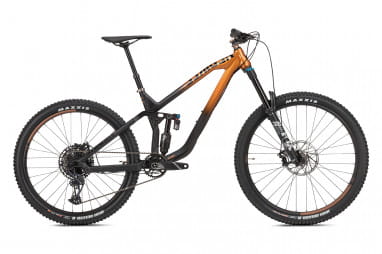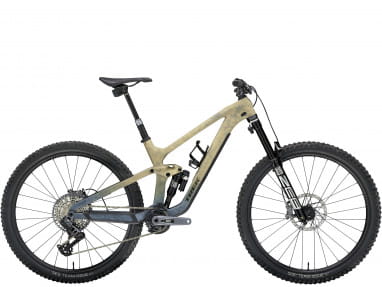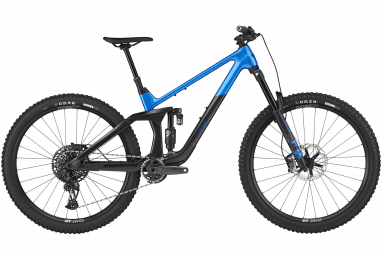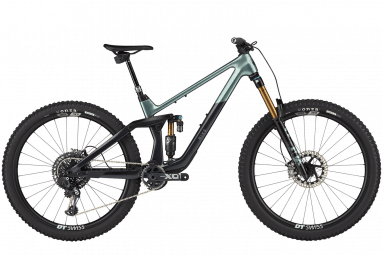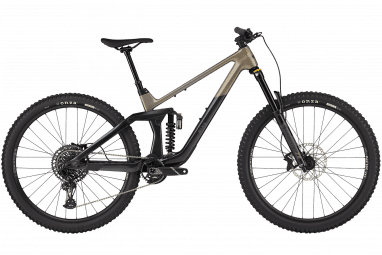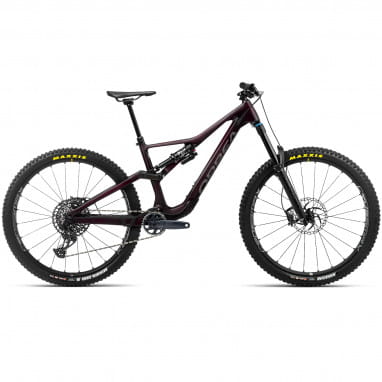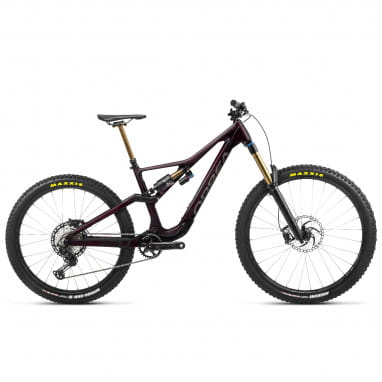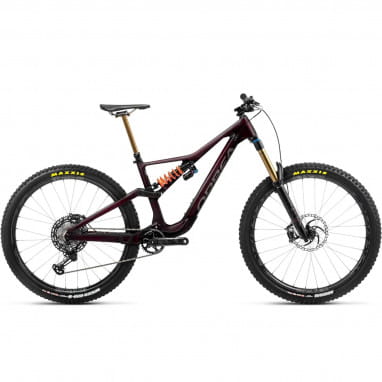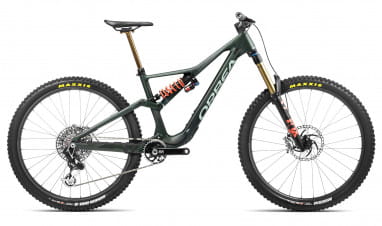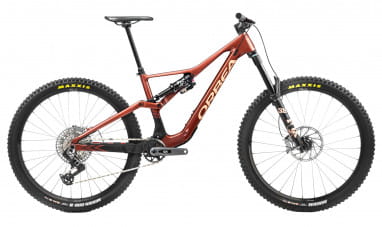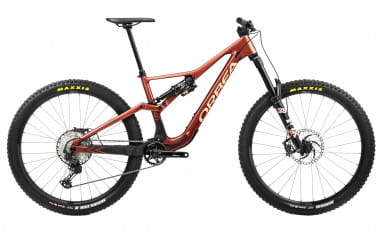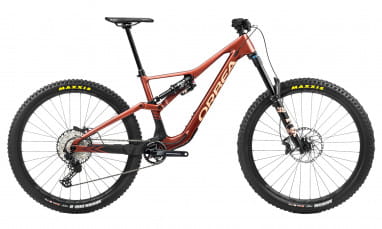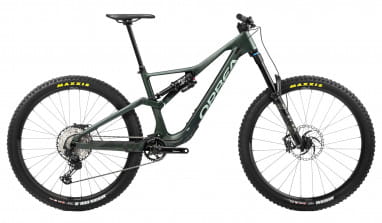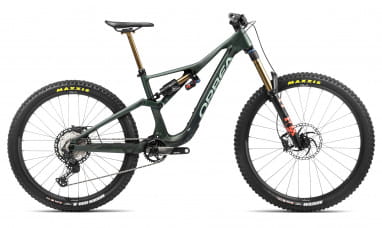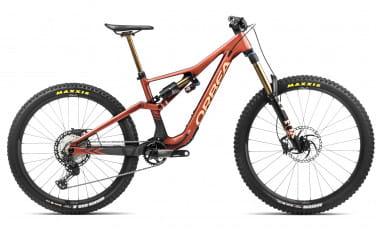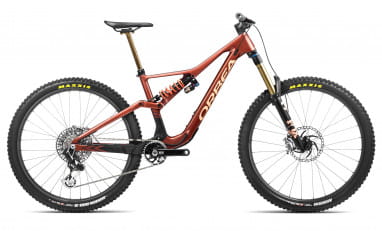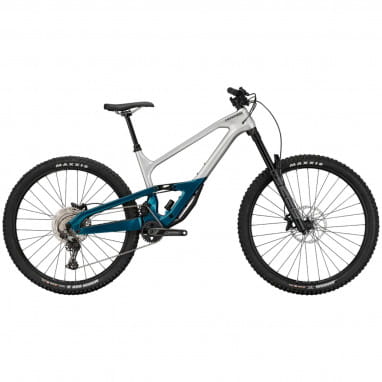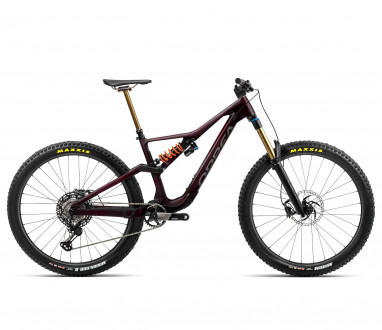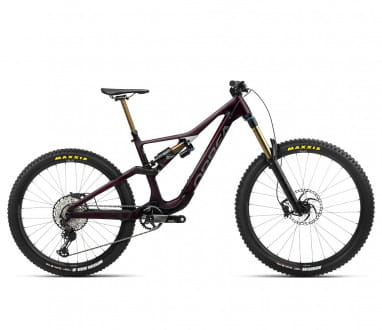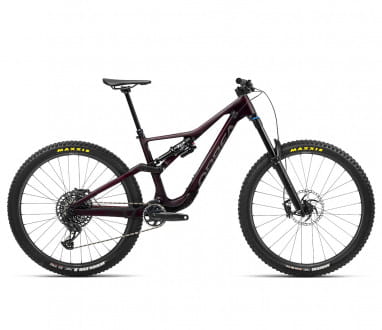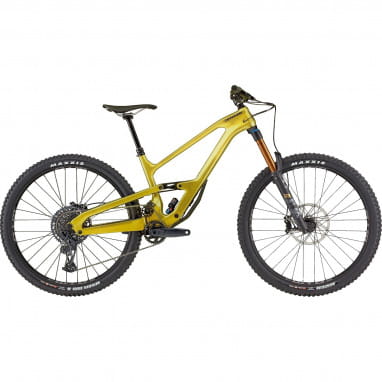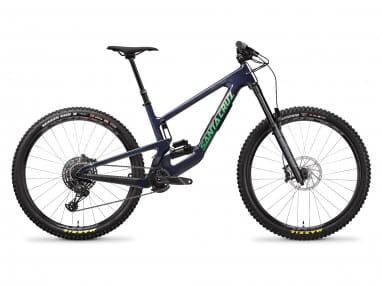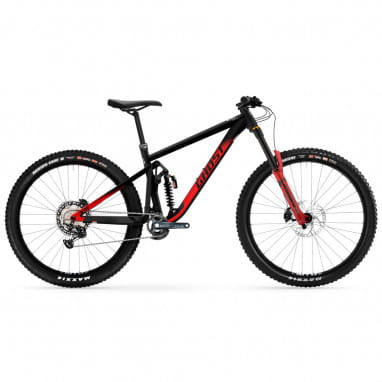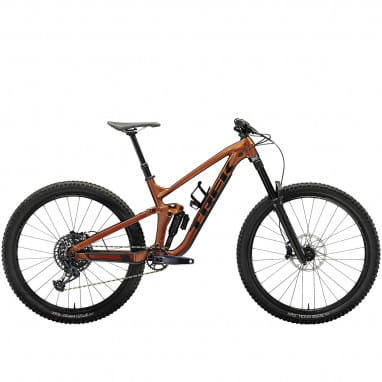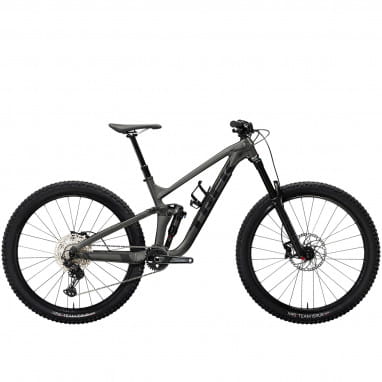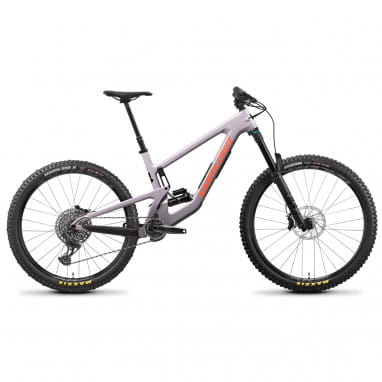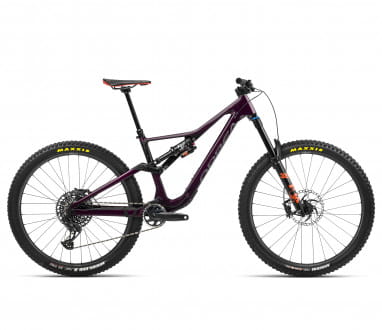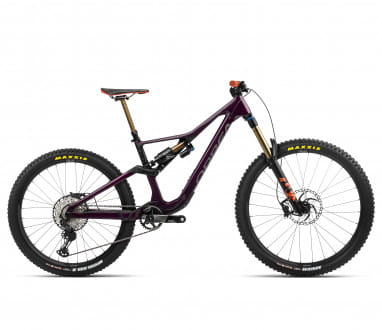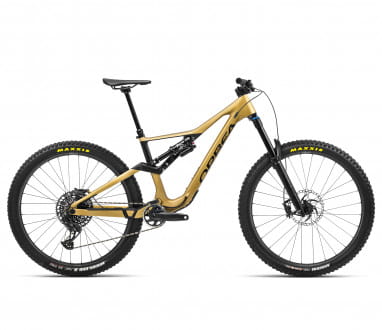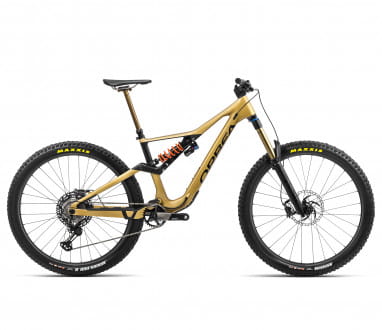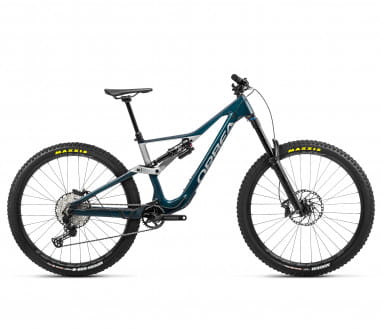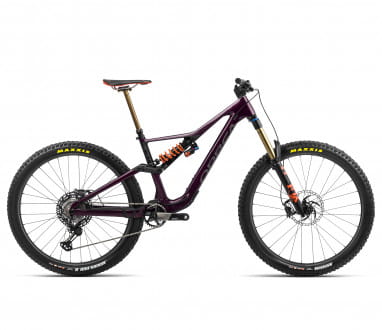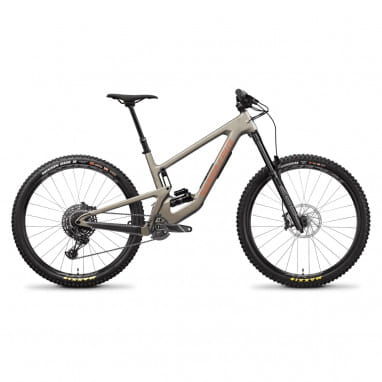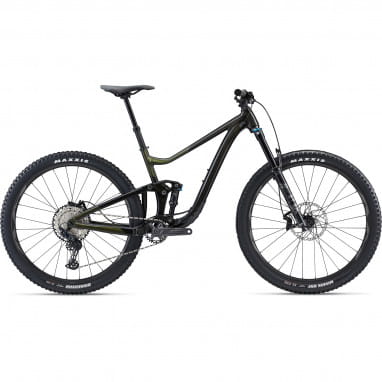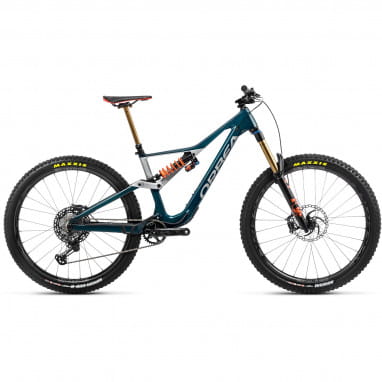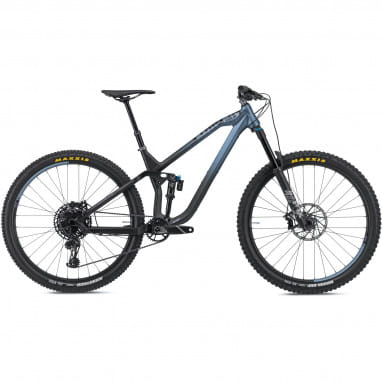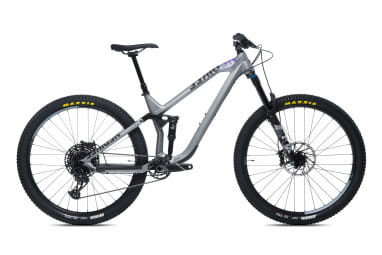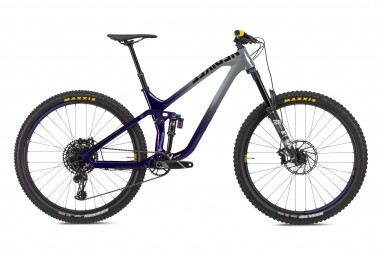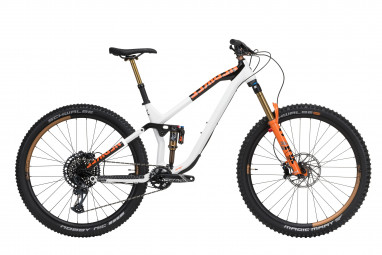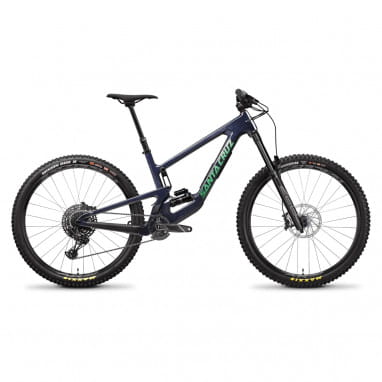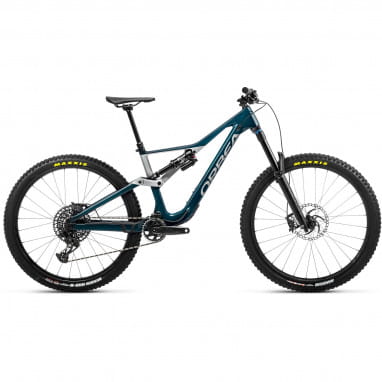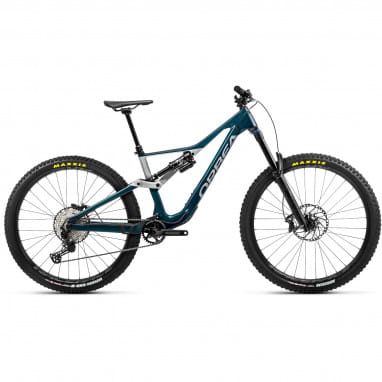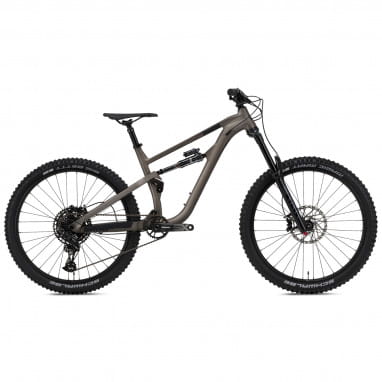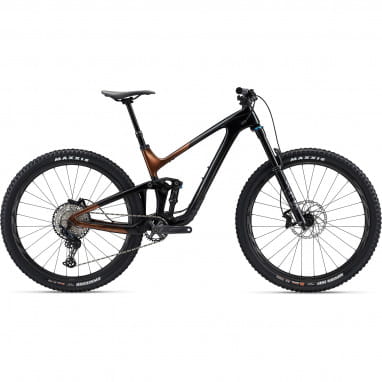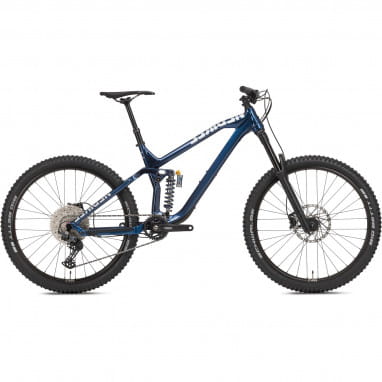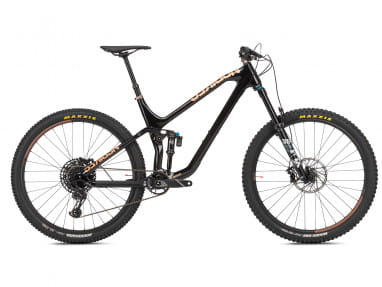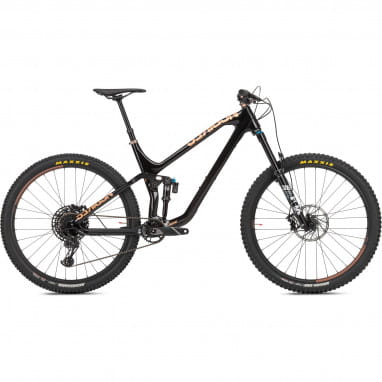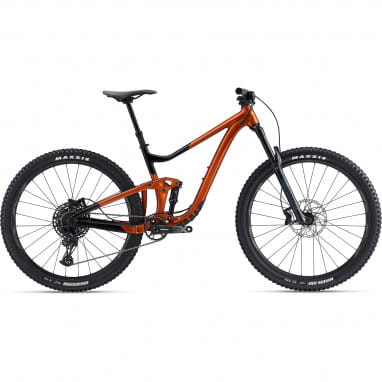You like to pedal uphill, but then let the shreds fly on the way back downhill? Root carpets, scree fields, rocky climbs or breakneck downhills are your happy place? Do you want to go to the limit on your escape from everyday life? And for that you need a powerful bike with a lot of power? Welcome to the beautiful world of enduros!
Good bikes go to heaven, enduros go everywhere. Or something like that. The fact is: an enduro can do what other mountain bikes just can't.
1. This is an enduro
.
Somehow, yes, every mountain bike is an all-rounder, because they all get ahead where other bikes are clearly out of place. An Enduro is then virtually the all-rounder among these all-rounders, because there is hardly any terrain in which an Enduro gets stuck. The famous efficiency-terrain-ability regulator is here almost at the stop of the offroad side. Long-distance capable enduros are rather less so, as they are not exactly known as lightweights. They are also simply not efficient enough for speed records. For this, they plow on uncompromisingly in places for which other bikes are clearly too weak on the chest.
The undergrounds on which wide Enduro shoes find a foothold could not be more versatile: loose, wet, rough or blocked, steeply ascending or dizzyingly downhill, you can pour an Enduro terrain-wise neatly. Here they can quite match a downhill bike, with the difference that an enduro bike just does not need a lift to get up the mountain.
A comparison of different MTBs hopefully makes things a little clearer:
- Enduro - Downhill: A downhill bike is built for shooting downhill. It does uphill and straight across but hard. An enduro can also downhill, but just not only.
- Enduro - Marathon/Race Fully: Race always means propulsion, little weight and slim equipment. A head-to-head race would probably spend an enduro in the dust cloud that the marathon full in front of him swirls up. When it gets technical, the enduro easily hangs out the racer.
- Enduro - AM (AllMountain): In terms of versatility, an AM is probably the closest thing to an enduro, though enduros certainly come out on top when it comes to off-road capability.
- Enduro - forest-and-meadow hardtail: Even though hardtails are becoming more versatile, they will never come close to the range of an enduro. Where a hardtail has to turn around, an enduro is just getting warmed up. For this, a hardtail is much more efficient on long distances.
2. Racing Enduro, AllMountain Enduro, downhill-oriented Enduro?
The above comparisons should be taken with a grain of salt! Each manufacturer defines its mountain bikes slightly differently, they differ from model to model or even in the different series. So if you have decided to buy an enduro, unfortunately, only part of the thinking is done, because not all enduros are the same! One is more agile, the next has gigantic suspension reserves, the third is climbing or it accelerates rapidly. If you want to know exactly what the enduros here in the online store have, you should take a look at the specifications. Description and specs will give you an idea of what your future dream bike can do.
3. Reserves for whatever...the Enduro equipment
.
Enduros are always fullys, full-suspension bikes with a suspension fork and shock in the frame. They usually have massive dives, and thus enough reserves for the roughest descents. So you could ride a downhill bike? That's right, you could downhill, because a downhill geo works great on descents. Uphill, however, less so. An enduro is also tremendous fun on the climb, it's nimble enough for challenging trails, has precise cornering and is easy to control on breathtaking downhills, full travel of up to 180mm provides the necessary traction and damping. Depending on the setup, there are air dampers or frame dampers with steel spring. Today, enduros usually have 1x11 or 1x12er gears with maximum bandwidth, and thus enough adaptability for any nonsense. Apart from that, variostruts are mandatory. By the way, some manufacturers use the interior space of the relatively large tubes for a stowage compartment.
Many enduros are already on lightweight carbon wheels when purchased and are tubeless-ready. Coarse lugs on the outside of the wide tire provide decent bite even on difficult terrain.
The sturdy frame and equipment naturally add weight, expect around 14 to 15 kilos.
4. Enduro Geo
With each model year, the parameters shift a bit here, but generally enduro bikes have steep seat angles, and thus an efficient approach that helps climbing characteristics and propulsion on the jump. The rather flat steering angle makes for a nice smooth ride. Little wheelbase and short chainstays make the bikes agile and responsive, in technical terrain an unbeatable advantage. Generally, you sit on an enduro rather upright and centered in the frame.
5. Enduro bikes are rugged
.
Slim lightweights are most Enduros rather not, here it is primarily a matter of giving the frame an efficient stiffness, while providing for shocks and landings with proper Karacho. In terms of material and construction, it is not a matter of peeling down the last gram of weight, rather the MTB must survive jumps and drops and the one or other fall. In addition to the stable frame construction, the components are technically mature and durable processed, mostly the top groups of well-known manufacturers are installed, and there are therefore probably cheap enduros, cheap but rather not.
6. good handling
Especially in nasty terrain, feeling and control must not come up short. Enduros therefore have geometries that promise stability, a secure ride and perfect control over the bike. The crappier the ground gets, the more important excellent steering precision and sensitive handling become, i.e. a bike that responds sensitively to the rider's movements.
7. aluminum or carbon enduro?
Often the decision for carbon or aluminum is primarily a question of price. A carbon enduro is of course lighter, the frames are torsionally stiff and efficient, but with some models the comprehensive equipment eats up the weight advantage directly again. On the other hand, carbon is notoriously expensive. Aluminum enduro bikes can not keep up with carbon in terms of weight, on the other hand, they have a much lower purchase price.
The rumor that carbon frames are sensitive, persists and causes especially mountain bikers worry, who like to let out the sow in the terrain properly. However, the techniques in carbon manufacturing have now matured to such an extent that hardly any disadvantages can be observed in daily use. Today, carbon frames are usually just as durable as aluminum frames, with two small differences. Carbon does not like punctual force impact, i.e.: stone impacts or falls on hard edges. This is where it tends to break. Carbon is also - in contrast to aluminum - absolutely unwilling to give way. Where aluminum still deforms, carbon breaks.
8. Enduro comes from motocross
.
It's always been this way - some parts, technologies and even accessories bicycles have copied from motorsports. Enduro was first a MX discipline, already since the 1970s Schrauber made their road bikes off-road capable, they got the name "Enduro" missed. Only later were the corresponding mountain bikes developed. Incidentally, today there is also a mixture of bike and motor as an intermediate step, so to speak - logo, because E-bikes are also available in full-suspension enduro versions.
The name is a mix of the English endurance ("endurance") and the Spanish term endurecido ("hardened").
9. Is an enduro the perfect bike for you?
If you want to take alpine terrain, challenging trails and technical bike parks under your wheels, you've come to the right place with our Enduros. If you want to pedal yourself to the entry point, and then enjoy the descent, there are actually few alternatives, only an enduro lies here exactly in the golden mean between uphill and downhill. If you prefer to let gravity work for you, a DH bike would be an alternative, if you have long distances ahead of you, you should take a look at our marathon fullys and touring fullys. Trail bikes and AM-MTBs bring a little less suspension travel, perfect for moderate terrain and casual flow trails.
But you can get away with a hardtail or even a dirtbike for much less.
